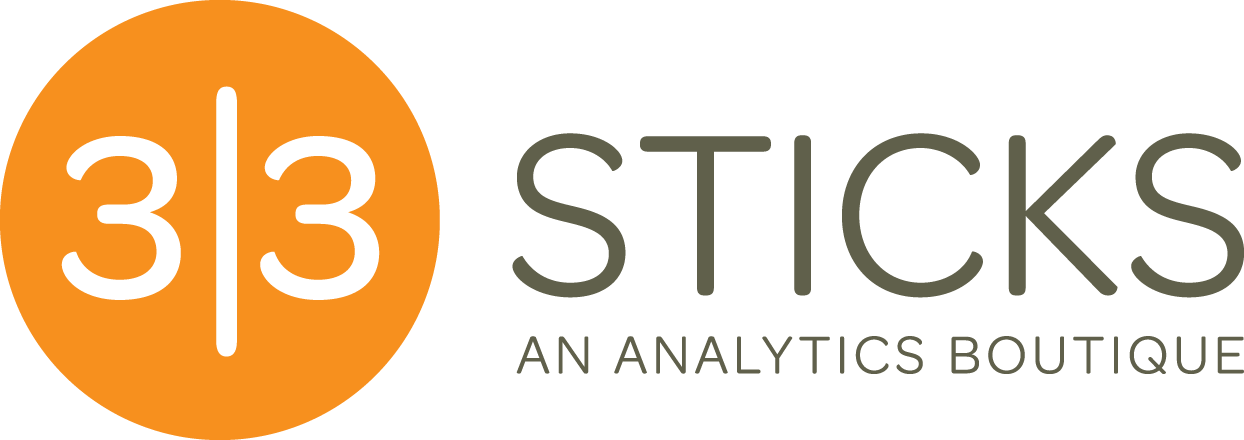What LinkedIn Response Patterns Reveal About Human Behavior
How social distance shapes expertise display, question-asking behavior, and professional communication in digital networks.
At 33 Sticks, we believe the most fascinating insights often emerge when we apply analytical rigor to unexpected datasets. Recently, we discovered a treasure trove of human behavior patterns hiding in plain sight: LinkedIn professional responses to a policy analysis scenario.
What started as a simple content analysis evolved into a revealing study of how social network distance fundamentally shapes professional behavior, with implications that extend far beyond social media into team dynamics, stakeholder engagement, and organizational communication.
The Experiment: A Policy Response Laboratory
We analyzed LinkedIn responses from professionals across diverse industries such as data analysts, transportation experts, business leaders, and general professionals, all reacting to a fictional "Safe Streets" policy scenario. The policy claimed success despite data showing increased fatalities and collisions, creating a perfect storm for professional critique.
Here's what made this analysis unique, we didn't just examine what people said, we analyzed how social network distance (1st, 2nd, 3rd+ connections) influenced their communication patterns, expertise displays, and engagement behaviors.
Key Finding #1: The "Social Distance Discipline" Effect
The Counter-Intuitive Discovery: The further someone is in your professional network, the more likely they are to stay focused and analytical.
We expected distant connections to be less engaged or more prone to random commentary. Instead, they demonstrated the highest professional restraint.
The Three Communication Archetypes
1st Connections: "Social Comfort Zone"
Feel permission to make jokes ("Deploy AI robots. It's the new '42'")
Share casual opinions ("I think the USA just needs roundabouts")
Most likely to go off-topic (50% rate)
2nd Connections: "Passionate Expertise"
Express strong philosophical opinions with gravitas
Go on analytical rants but maintain professional weight
Middle ground between casual and formal (43% off-topic rate)
3rd+ Connections: "Professional Restraint"
Highest focus on analytical task (67% stay on-topic)
Brief, practical responses when they do diverge
Most disciplined communication style
Business Implication: When seeking focused, analytical feedback, your most distant professional connections may actually provide the most disciplined responses.
Key Finding #2: The Authority Display Paradox
Only 2nd connections provided academic citations and external references, despite having diverse professional backgrounds across transportation, business, product management, and technology.
The "Credibility Gap" Hypothesis
This suggests 2nd connections experience unique psychological pressure. They're not close enough to rely on relationship trust, but not distant enough to disengage entirely. The result? They work hardest to establish intellectual authority through external validation.
Strategic Insight: For stakeholder presentations requiring credibility building, your 2nd-degree network connections may be your most valuable validators, they have both motivation and social distance to provide authoritative backing.
Key Finding #3: Question-Asking as Social Proximity Indicator
The data revealed a clear inverse relationship between social distance and question-asking behavior:
1st connections felt comfortable admitting uncertainty and seeking clarification, a psychological safety indicator that only emerges with close professional relationships.
2nd connections made definitive statements rather than asking questions, reinforcing their authority-building behavior.
3rd+ connections asked moderate numbers of clarifying questions, suggesting professional engagement without the social comfort of close connections.
Professional Consensus in Action
Despite varied communication styles, the policy scenario created remarkable professional unity: 100% of respondents identified the policy as failed, demonstrating that clear evidence can transcend network dynamics and create consensus across diverse professional backgrounds.
The sophistication of critique varied by domain expertise:
Data professionals focused on methodological validity
Transportation experts provided implementation context
Business leaders emphasized actionable outcomes
But the fundamental assessment remained consistent, a powerful example of how professional expertise creates analytical convergence even across social network boundaries.
Implications for Business Strategy
1. Stakeholder Engagement Optimization
For Feedback Collection: Leverage 1st connections for detailed questioning and exploratory dialogue. They'll feel comfortable challenging assumptions and seeking clarification.
For Authority Building: Engage 2nd connections when you need credible third-party validation. They're motivated to provide thorough, well-sourced support.
For Focused Analysis: Utilize 3rd+ connections for disciplined, on-task analytical input without social relationship complications.
2. Team Communication Design
Understanding these network psychology patterns can improve internal team dynamics:
Close team members may need encouragement to stay focused during analytical tasks
Cross-functional collaborators might over-invest in credibility building
External consultants naturally provide the most disciplined analysis
3. Content Strategy and Thought Leadership
When crafting content for different audience segments, consider social distance dynamics:
Close network content can be more casual and conversational
Extended network content should emphasize credentials and authority
Broad audience content benefits from focused, analytical approaches
The Analytics Behind the Insights
This analysis demonstrates the power of applying quantitative rigor to qualitative communication data. By systematically coding responses across multiple dimensions, expertise display, question-asking behavior, citation patterns, and topic adherence, we uncovered patterns invisible to casual observation.
Methodology Highlights
Multi-dimensional classification across 4 primary variables
Linguistic pattern analysis including hedging language and authority markers
Professional background correlation with communication style
Network distance quantification and behavioral pattern mapping
What This Means for Your Organization
Professional networks aren't just contact lists, they're behavioral prediction systems. Understanding how social distance influences communication patterns enables more strategic stakeholder engagement, more effective team collaboration, and more persuasive thought leadership.
At 33 Sticks, we believe every dataset tells a story about human behavior. Sometimes that story challenges our assumptions. Sometimes it reveals hidden patterns that transform how we approach business relationships.
And sometimes, it reminds us that the most valuable insights emerge when we apply analytical rigor to the seemingly mundane interactions that shape our professional lives every day.
Ready to uncover hidden patterns in your own organizational data? 33 Sticks helps Fortune 500 brands transform complex datasets into strategic insights through advanced analytics and behavioral pattern recognition. Schedule a free consultation to explore what your data reveals about human behavior.



